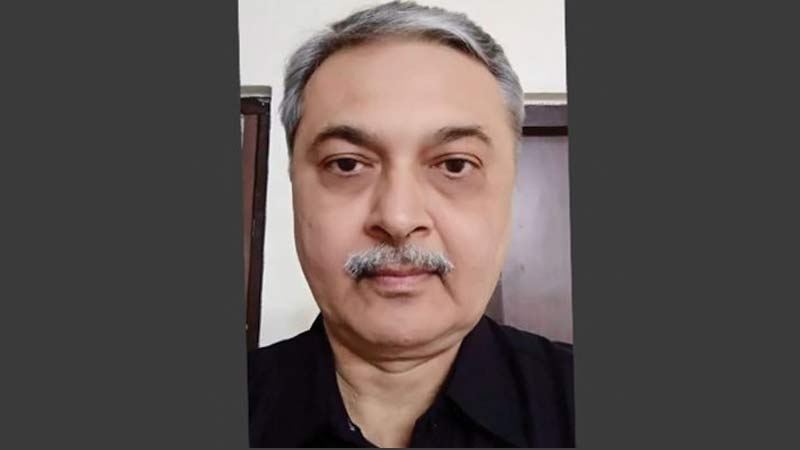PM Modi Story By: Chandresh Kotak
Shri Narendra Modi is recognized for his outstanding organizational skills. As an organizer, he consistently prioritizes productivity, efficiency, and excellence, which are the fundamental tenets of good governance. Throughout his life, he has been creating and putting in systems to bring in good governance, so much so that, when he was CM of Gujarat, his office received the ISO certification.
Over time, he brought his organisational skills to bear on the administration. Lack of accountability, subversion of the chain of command, red-tapism, poor coordination, overlapping functions, and transactional mindsets are common ills that plague the administration. He brought in initiatives to address these issues. One such initiative is the SWAGAT system (State Wide Attention on Grievances by Application of Technology) introduced in 2003.
Lack of accountability, subversion of the chain of command, red-tapism, poor coordination, overlapping functions, and transactional mindsets are common ills that plague the administration. He brought in initiatives to address these issues
It is an innovative concept that enables direct communication between citizens and the Chief Minister and also between the citizens and other functionaries of the Government. Under this system, the highest office in the administration also attends to the grievances of the common man. For instance, on the fourth Thursday of every month, at precisely 3 p.m., CM Shri Modi used to be online with state officials on his left and aggrieved applicants on his right. Thus, ushering in the system to enhance transparency and accountability.
Shri Chandresh Kotak, the SWAGAT in charge at the time, recalls an instance of grievance redressal: “An applicant complained that he had approached an official for some work, and was asked to pay a bribe of Rs one lakh in return. The CM asked him to identify the official and directed the latter to do the applicant’s work immediately. Shri Modi handled the interaction with finesse, so as not to embarrass the erring official in the presence of his superiors. By the end of the day, the officer received the transfer letter in his hand, as directly instructed by the Chief Minister”.
As an organizer, Shri Modi knows the importance of systems and formalized processes. Another example of such a system to bring seamlessness in workflow with transparency is IWDMS (Integrated Workflow and Document Management System). The system was created in 2005 by Shri Narendra Modi in Gujarat. Under it, the system of file management was digitized with targeted and efficient follow-up. To be precise, the system provides Workflow Management, Collaborative Environment, and Knowledge Management in an integrated fashion. A separate day was kept for the Cabinet to review and address the pendency. Time and again, it has proven to be a resounding example of E-Governance.


